Chili powder is an integral element in many kitchens, adding heat and flavor to dishes. From chili con carne to Indian curries, this spice is a must-have for any adventurous home cook.
Sometimes you may run out of it or want an alternative that suits the preferences of family or dinner guests better.
We'll list the most common substitutes in this short yet to-the-point guide and reveal all the flavorful possibilities.
Chili powder is a mix of ground chilies, spices, and herbs. Typically it is made of cumin, oregano, garlic powder, and salt, which are blended to create a flavorful powder.
Its origins lie in dried and crushed red chili peppers combined with additional spices to form a versatile blend.
The heat level and profile may differ depending on which chilies are used and the proportions of each spice used.
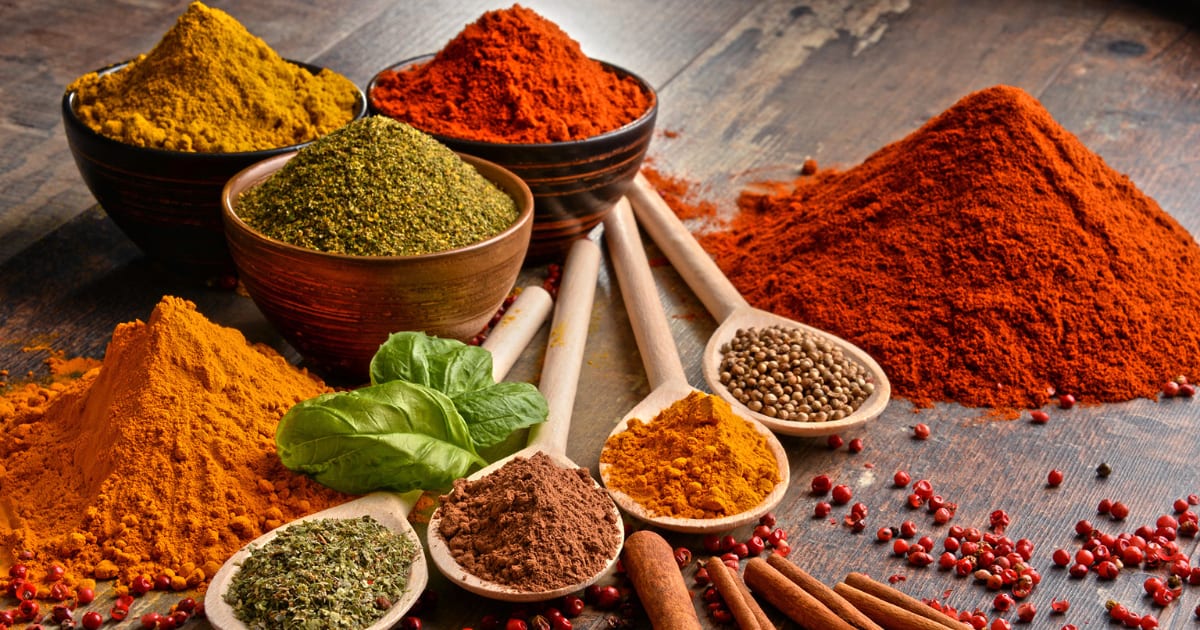
Role of Chili Powder in Cooking
This worldwide beloved mix of spices is an essential component in many dishes. It adds a unique and flavorful kick that can take dishes from good to great.
It's often used in Mexican and Tex-Mex cuisine for tacos, enchiladas, and chili con carne.
Aside from the classic recipes, it is also great as seasoning on grilled meats or vegetables and flavor enhancer in sauces and stews.
Reasons for Seeking Chili Powder Substitutes
People may seek a replacement for various reasons.
- Running out of it and needing a suitable replacement to finish a recipe.
- Dietary restrictions or allergies prevent them from consuming the spice.
- Some prefer different heat levels or flavor profiles.
Understanding different alternatives allows you to create delicious dishes without sacrificing taste or flavor.
Understanding Heat Levels and Flavor Profiles
Heat levels and flavor profiles provide guidance when cooking or baking.
Chili peppers are measured on the Scoville scale, indicating their heat level based on capsaicin content.
Some spices mentioned below may be milder or spicier than the original powder you're replacing. Ensure the selected one matches your desired heat level.
Its flavor can vary based on the types of chilies and spices used. Some powders may have a smoky, earthy taste, while others might be sweeter or fruitier.
Top Chili Powder Substitutes
Switching spices can be an excellent option for those who want something different.
Popular alternatives include:
1. Cayenne Pepper
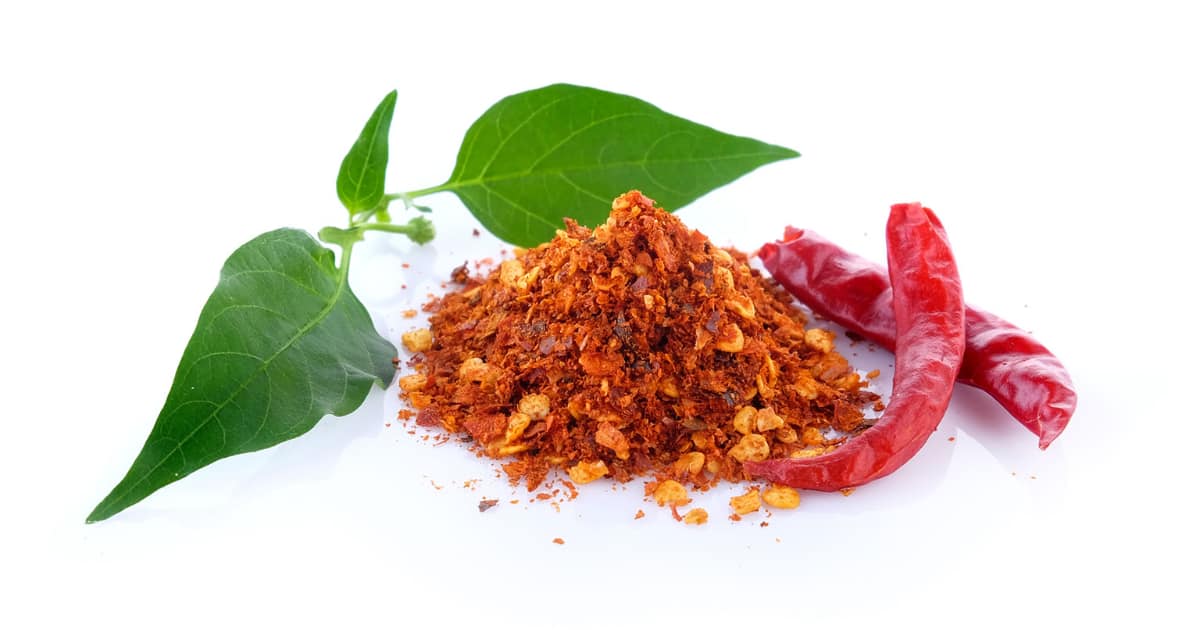
Cayenne pepper is an available and versatile alternative. Made from ground cayenne chilies, this fiery powder should be used sparingly.
To recreate the rich flavors of chili powder, try mixing cayenne pepper with cumin, oregano, and garlic powder for an authentic flavor experience.
How to substitute: Since cayenne pepper is hotter, start with half the amount and adjust accordingly.
2. Paprika
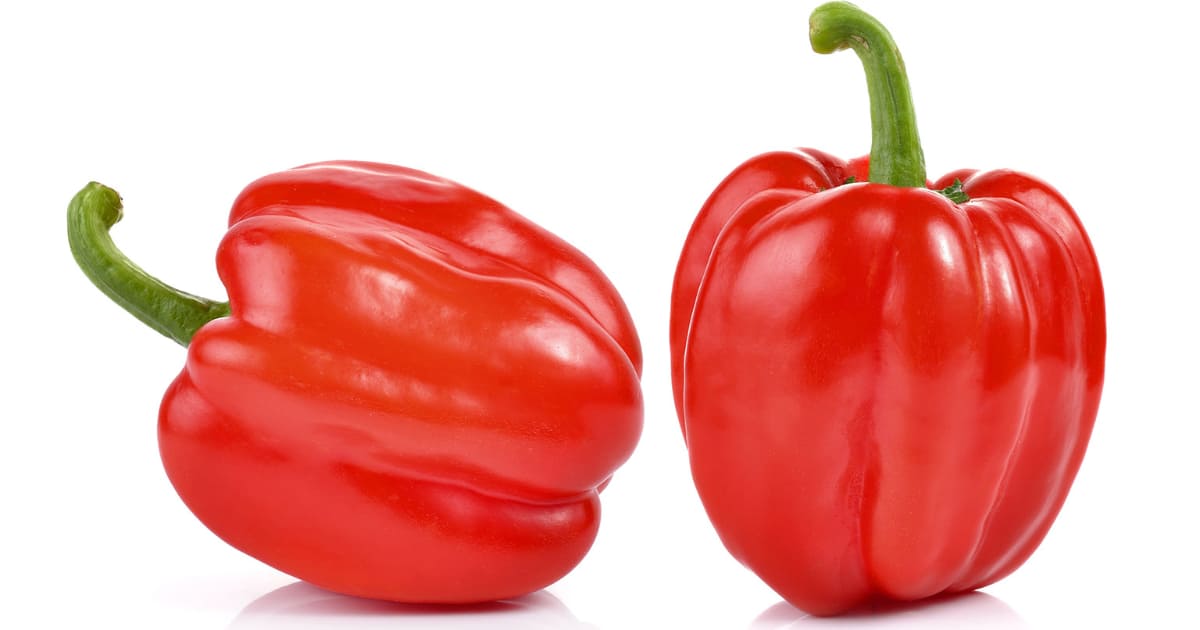
Paprika is an excellent substitute. It is made from ground-dried red bell peppers or other sweet red chili peppers.
Milder in the heat than chili powder, it provides a rich, sweet flavor that works well in many recipes.
Mix paprika with cayenne pepper or other spicy chilies to increase the heat level even further.
How to substitute: When substituting, use a 1:1 ratio.
3. Chipotle powder
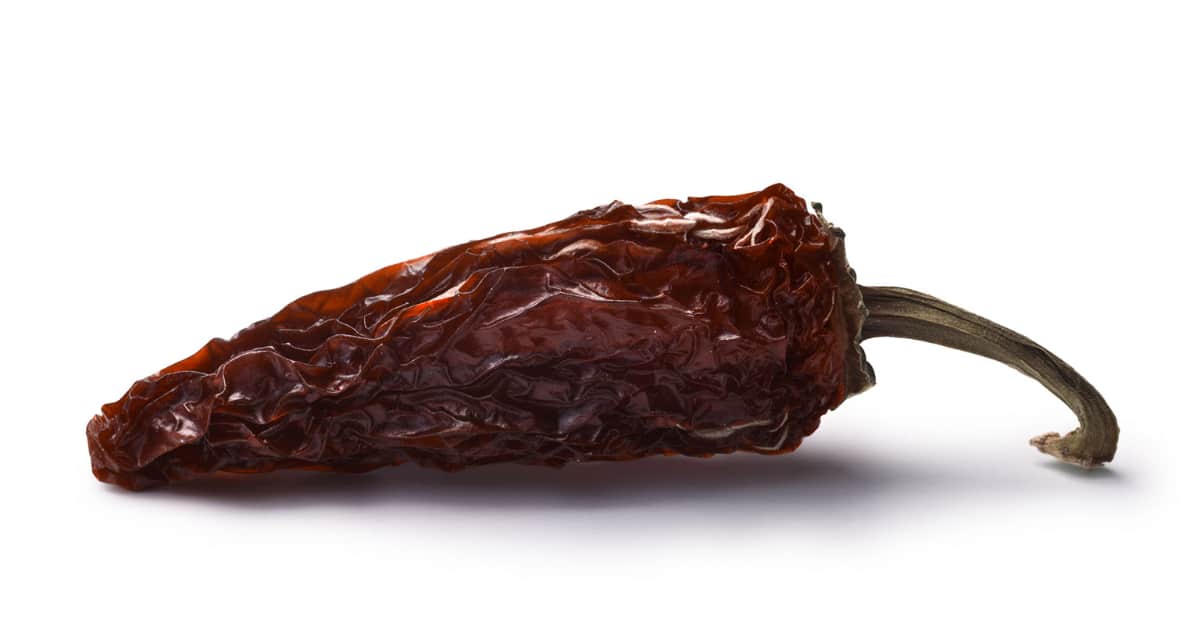
Chipotle powder is made from dried and smoked jalapeno peppers, giving it a distinctive smoky flavor that can add depth to dishes.
While spicier than paprika, it tends to be milder than chili powder. Perfect for those who prefer subtle heat levels.
As with other substitutes, you can combine the chipotle powder with cumin or oregano to replicate the same profile.
How to substitute: Use a 1:1 substitution of chili powder for chipotle powder. Combine the chipotle powder with cumin or oregano to replicate the flavor profile.
4. Ancho Powder
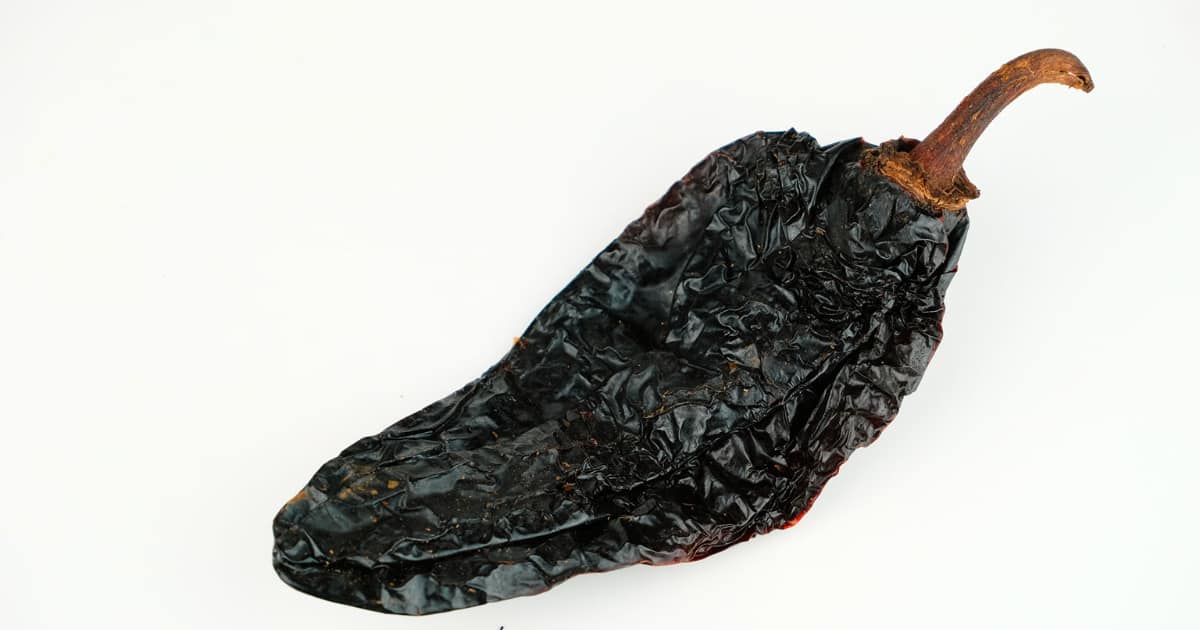
Ancho powder from dried poblano peppers offers mild to medium heat with an aromatic blend of sweet, fruity, and slightly smoky flavors.
A replacement for those seeking something more complex and subtle.
As with other alternatives, you can mix ancho powder with additional spices for an even more balanced and flavorful blend.
How to substitute: Use a 1:1 substitution of chili powder for ancho powder.
5. Hot sauce
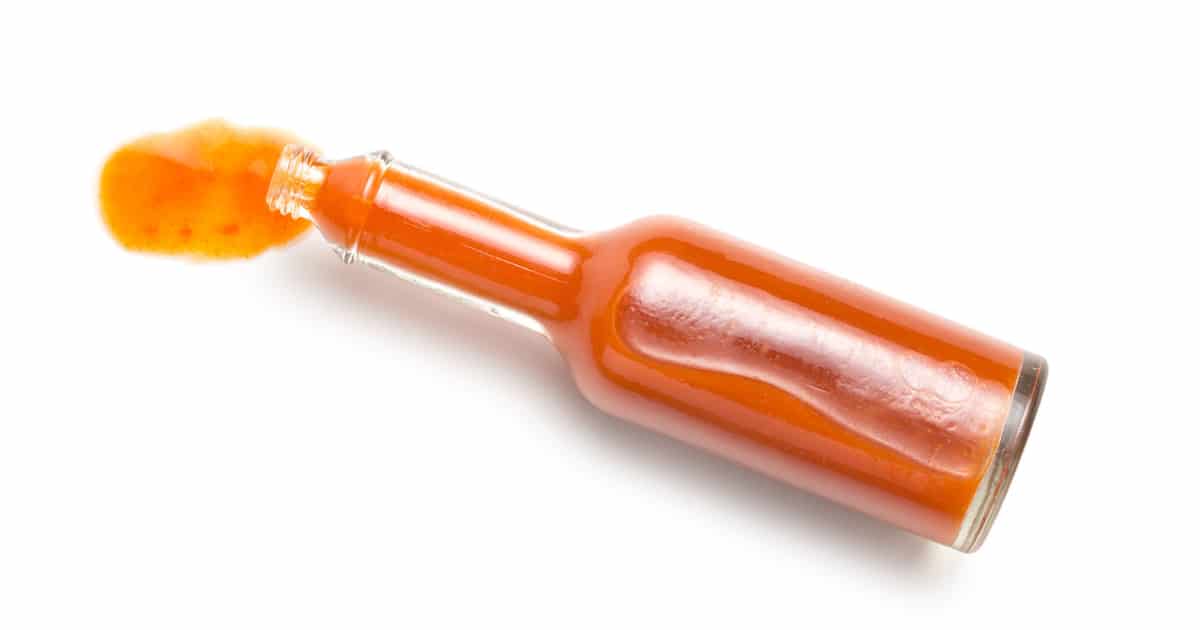
Hot sauce can also be used instead of chili powder, especially in recipes where the liquid content won't be affected.
Choose a hot sauce with an appealing flavor profile that complements your dish, and adjust the amount according to desired heat level.
Remember that hot sauces vary in heat levels, so be mindful when adding them to recipes.
How to substitute: The ratio of hot sauce to chili powder will vary depending on the heat level of the hot sauce. Begin with a small amount (1/4 to 1/2 teaspoon) and gradually increase to taste. When using hot sauce as an alternative, keep the liquid content of your recipe in mind.
Sweet Chili Powder Substitutes
You can use chili powder for both savory and sweet dishes. Some recipes need sweet chili powder, which is less spicy and more sugary than the regular.
It has more paprika and less cayenne pepper. It may also have some sugar or honey in it.
You can try other ingredients similar to sweet chili powder if you don't have it or want something different.
You can use these ingredients instead of it in your recipes.
1. Cinnamon
This spice has a warm and sweet flavor. People often use it in drinks, desserts, and baked goods.
It can make your dishes sweet and spicy without being too strong.
Cinnamon can be a great alternative with a bit of cayenne pepper or other chile powders.
2. Nutmeg
This spice has a nutty and sweet flavor. People also use it in drinks, desserts, and baked goods.
It can make your dishes sweet and spicy without being too strong.
Replace sweet chili powder with a combination of nutmeg and cayenne pepper. Instead of cayenne pepper, other spicy ground chilies can be used.
3. Allspice
This spice has a spicy and sweet flavor.
It comes from dried unripe berries of the pimenta tree.
It can make your dishes sweet and spicy without being too harsh.
Allspice with a bit of added cayenne pepper can be a great alternative.
Dark Chili Powder Substitutes
Use dark chili powder if you need a spice blend that adds heat and flavor to many dishes.
It usually has red chilies, cumin, garlic, onion, oregano, and paprika that are dried and ground.
But you can use other alternatives as well.
Some of them are:
1. Smoked paprika
This spice comes from red peppers that are smoke-dried and crushed.
It looks like dark chili powder but has a smoky smell and less heat
Use the same amount, and add spiciness if the dish is not spicy enough.
2. Cumin and Garlic
These two spices are part of dark chili powder so you can use them as a simple alternative.
Cumin has a warm and earthy flavor, while garlic has a strong and savory flavor.
Use cumin and garlic powder in equal parts, or change the ratio as you like.
You can also add some salt, oregano, and paprika for more flavor and color.
3. Peri-Peri Powder
This spice blend comes from Africa.
It uses dried and ground peri-peri peppers called African bird's eye chilies.
Peri-peri powder tastes fiery and tangy and can spice up your dishes.
It is much hotter than dark chili powder.
Use it carefully; mix it with other spices to make it less hot.
4. Garam Masala
This spice blend comes from India.
It usually has cumin, coriander, cardamom, cinnamon, cloves, nutmeg, and black pepper.
Garam masala tastes warm and aromatic. It can make your dishes more rich and more complex.
It is not as spicy as dark chili powder, so add some cayenne pepper or red pepper flakes for more heat.
5. Cajun Seasoning
This spice blend comes from Louisiana. It has paprika, garlic, onion, black pepper, cayenne, oregano, thyme, and salt.
It gives a savory and spicy taste to your dishes.
Cajun seasoning may be saltier, so use less salt in your recipe or use a low-sodium Cajun seasoning.
Smoked Chili Powder Substitutes
1. Guajillo Powder
Guajillo powder comes from dried guajillo chilies. These Mexican chili peppers have a smoky, sweet, citrusy, and warm taste.
They are mild to medium hot. You can use it for sauces, stews, salsa, meat rubs, and enchiladas.
Some dishes need smoked chili powder, and Guajillo powder can provide that. But it is not as hot or smoky as some alternatives.
You may need to change the amount or add other spices to reach the desired flavor profile. For example, you can make a smoky seasoning blend with guajillo powder, smoked paprika, cumin, and oregano.
2. Urfa Biber
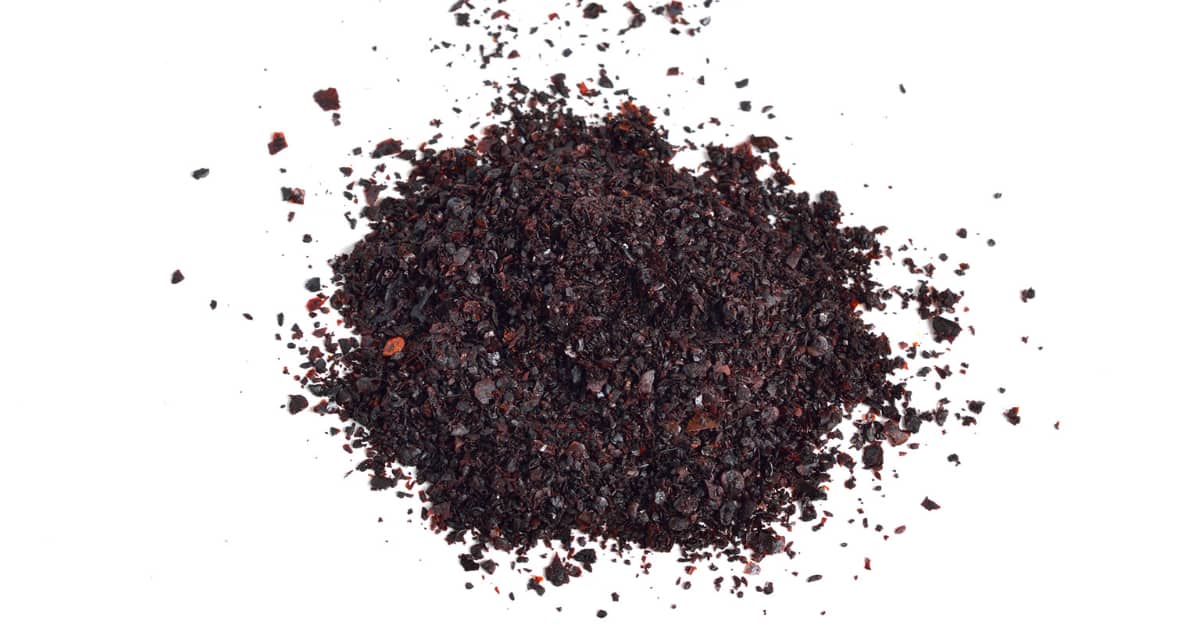
Urfa biber is a type of Turkish chili pepper. It is also called Isot pepper.
It is dark red or purple and has a moist and oily feel. It tastes spicy, salty, and sour. It also has a smoky and fruity flavor with hints of chocolate, tobacco, and raisins.
You can use Urfa biber instead in many dishes. It gives a rich and complex flavor and heat. It is suitable for seasoning meats, vegetables, salads, soups, and desserts.
You can use Urfa biber flakes as they are or grind them into a finer powder.
3. Berbere spice blend
Berbere is a spice mix from Ethiopia with many ingredients, including red chili peppers, fenugreek, ginger, coriander, cardamom, allspice, cumin, cloves, cinnamon, and nutmeg.
It is very hot, red, and has a strong smell and taste.
You can use berbere instead in some recipes because it gives a lot of heat and flavor.
You can make Ethiopian dishes like doro wat (chicken stew with spices) or misir wat (lentil stew with spices) with berbere, or you can use it for meat marinades, roasted vegetables, sauces, or fruit toppings.
It is better to toast and grind whole spices, but you can also use ground spices.
Tips for Adjusting Heat Levels and Flavor Balance
Finding the ideal balance of heat and flavor to suit your palate is essential when working with substitutes.
Here are some tips for altering the heat levels and flavor profile in your dishes:
- Start with a small amount of your chosen substitute and increase the quantity until you reach the desired heat level.
- If your dish is too spicy, add a cooling element such as yogurt, sour cream, or avocado to help temper the heat.
- Experiment with various spice combinations to develop a flavor profile that complements your dish.
- As you cook, taste your dish and adjust seasonings as needed to achieve a harmonious balance of flavors.
Spices to Enhance Chili Powder Substitutes
Add spices to your dishes to enhance the flavor of your substitutes.
Popular choices include:
- Cumin: Adds a warm, earthy taste that complements the heat.
- Oregano: Offers an herb-like, bitter flavor that pairs with chili powder's spicy heat.
- Garlic powder: Adds a subtle, savory depth to the flavor profile.
- Onion powder: Adds a subtle sweetness and delicate onion flavor.
- Coriander: Adds a citrusy, earthy taste that can enhance the flavors in your dish.
Final Thoughts
The world of chili powder alternatives is vast and full of delicious possibilities.
Understanding each substitute's distinct characteristics creates delectable dishes appealing to various tastes. Experiment with multiple spice combinations.
When searching for a replacement, don't be afraid to think outside the box and explore all options.
With some creativity and willingness to experiment, you may soon find new flavors.

